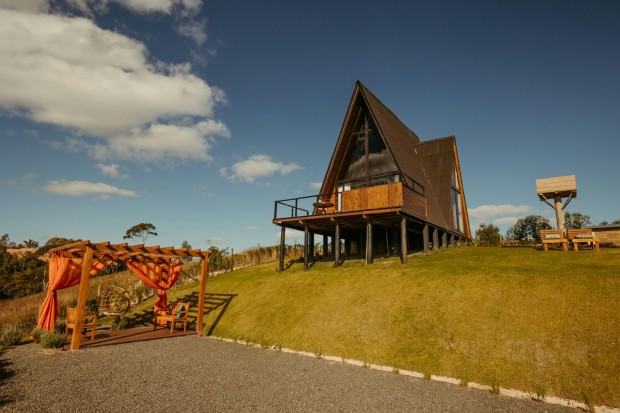Opting for gravel offers a sustainable approach to constructing your driveway. Because of its susceptible nature, it enables improved water drainage, reducing runoff and the likelihood of flooding.

(Photo : Pexels/Jonathan Borba)
1. Plan Your Layout
Deciding how to arrange your driveway is the first thing you must do. Pick one that accommodates the extent of your property and satisfies your individual preferences. A small driveway may be the most suitable choice for your property if it is located in a location that is not close to any major road. However, if your house is located nearer to the road, you may choose to go with a more expansive driveway. Based on your home and the land it stands on, you should determine which layout is the most functional and appealing to you.
2. Deciding The Depth Of Your Driveway
Keep in mind the depth you would like your driveway to have. By making this decision in advance, you can ascertain the precise quantity of soil that must be excavated and the number of gravel strata that must be applied. Accordingly, the depth of a driveway is typically between 12 and 18 inches, as recommended by most manufacturers. Your gravel driveway must reportedly be somewhere within that range.
3. Create the Foundation and Compact the Ground
For smaller projects, you may begin putting an initial layer of stones on top of your landscaping material by using a shovel and a wheelbarrow. When working on more substantial tasks, you can position the front-end loader of your skid steer to follow the path of your driveway. It is recommended that this base layer be composed of bigger gravel measuring between two and three inches in size.
As mentioned, the base layer should be leveled down as much as possible using your box grader, shovel, and rake. After applying each layer of crushed rock to your driveway, it is strongly suggested that you use a compactor or a large vehicle to compress the rock.
Also Read: 6 Types of Rental House Investments Worth Exploring
4. Install Driveway Edging (Optional)
There is no requirement for driveway edging when you have a gravel driveway, and you might not wish to add it depending on the appearance and design of your home and land. For those who are curious about what it does for a gravel driveway, the general idea is that it simply delineates the boundaries of your driveway and prevents the gravel from moving around too much and spreading to regions you do not want it to go. While it will look beautiful and lessen the amount of upkeep you need, it is not a significant concern.
5. Place and Compact the Base Gravel Layer
To ensure that the base gravel is thoroughly compacted, you will want to apply it in two layers to provide the best results. Remember that this layer is the bedrock of your gravel driveway and is critical to constructing a durable, high-quality slab. After everything has been spread out, you must squash it down. Moreover, renting a flat plate vibratory tamper is highly recommended given the nature of this phase. Ensure that you add water to the gravel in an even manner before beginning the process of compacting it. Most of the gravel needs a little water to be adequately compacted.
Related Article: Asphalt vs Concrete: Choosing the Perfect Driveway Material







